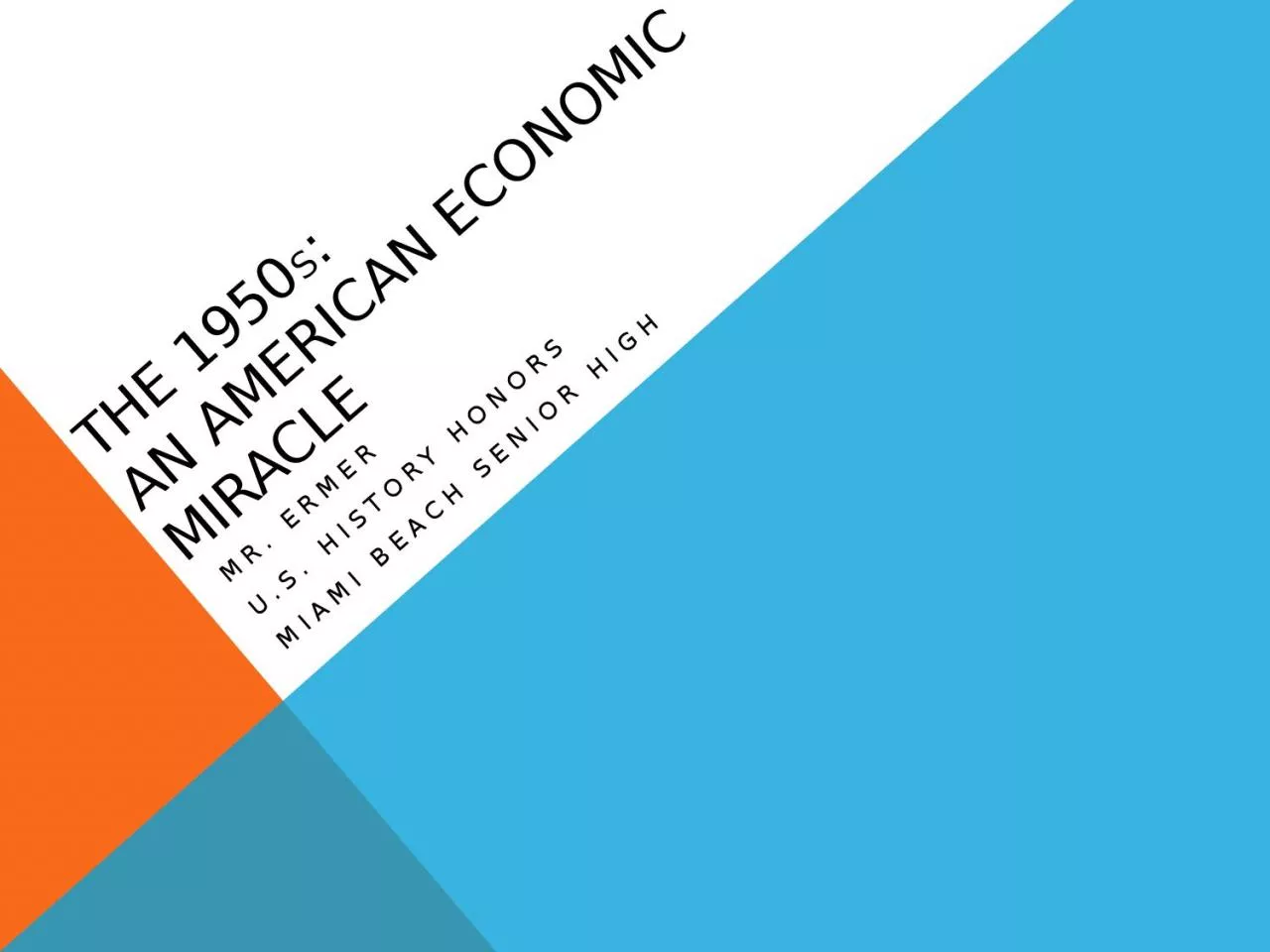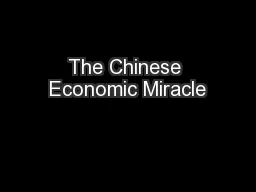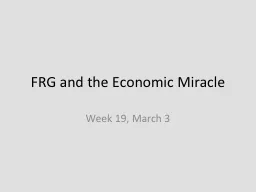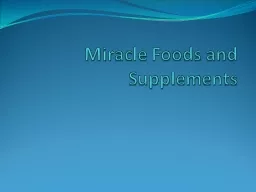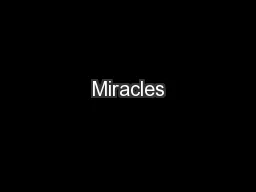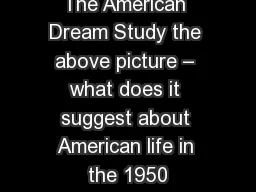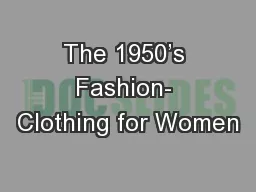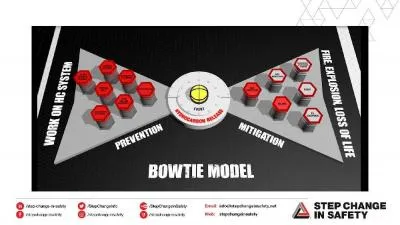PPT-The 1950 s : An American Economic Miracle
Author : rose | Published Date : 2022-06-08
Mr Ermer US History Honors Miami Beach Senior High The Economic Miracle 19451960 GNP grows 250 200 billion to 500 billion 19501963 Unemployment 5 or below inflation
Presentation Embed Code
Download Presentation
Download Presentation The PPT/PDF document "The 1950 s : An American Economic Miracl..." is the property of its rightful owner. Permission is granted to download and print the materials on this website for personal, non-commercial use only, and to display it on your personal computer provided you do not modify the materials and that you retain all copyright notices contained in the materials. By downloading content from our website, you accept the terms of this agreement.
The 1950 s : An American Economic Miracle: Transcript
Download Rules Of Document
"The 1950 s : An American Economic Miracle"The content belongs to its owner. You may download and print it for personal use, without modification, and keep all copyright notices. By downloading, you agree to these terms.
Related Documents

